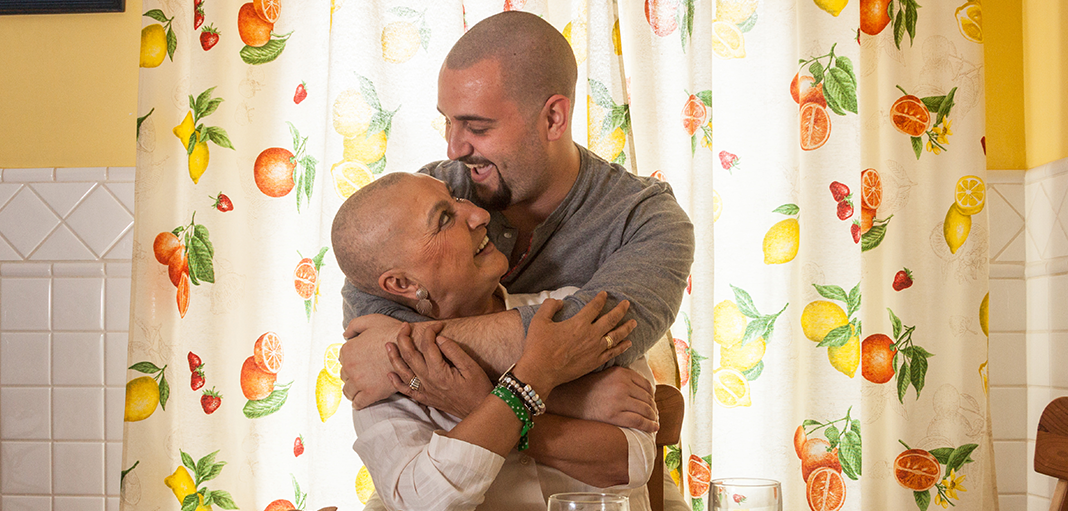Enroll with us in a few easy steps
One of the most common side effects of chemotherapy is hair loss because chemotherapy targets all rapidly dividing cells, not just cancer cells, and hair cells fit that description – in fact, they divide about every 23 to 72 hours. For some people, hair loss happens gradually after a few weeks. For others, there are noticeable hair clumps on their hairbrush or pillow and many patients often notice the loss of eyebrows, eyelashes, and less hair on their legs and arms too.
Hair loss can be upsetting, and it’s important to have support so you can talk through your feelings. Hair is often a big part of our identities and self-image, so it’s no surprise that your changing appearance may take some getting used to. Hair loss is often hard to conceal, and you may find it forces you to have more conversations about your cancer – which can be emotionally challenging.
Not everyone deals with hair loss the same way. Watch this video and see how one breast cancer patient* coped with losing her hair.
Here are some other tried-and-true ways patients have managed hair loss.
Shave it off: For some people, it feels better to be in control of their hair loss, so they decide to shave their head before they lose the majority of their hair.
Wigs: Wigs are one way to cover up your hair loss. Your doctor can even write you a prescription, and your health insurance may cover it. If you want to match your natural hair color, shop for your wig at the beginning of chemotherapy, so it’s easier to complement your hair color.
Scarves: Want to cover up but don’t want a wig? Scarves are another simple way to cover your head. Cotton scarfs tend to stay on scalps better than polyester or other materials.
Scalp cooling: This treatment may help to prevent hair loss by cooling down the blood vessels beneath the scalp. A cap filled with cold gel – similar to an ice pack – is placed on your head during chemotherapy treatment. Not all insurance companies cover this, so talk with your doctor to see if this might be an option for you.
Skin care: Paying attention to your shampoo type can help slow down hair loss. Try to avoid products with high levels of fragrance, alcohol or salicylic acid. Moisturizing shampoos and lotions can help itchy scalps. Don’t forget to use sunscreen or a hat to protect your scalp from the sun.
Bedtime: Your pillow can be tough on your scalp. Silk pillowcases are the gentlest and may help reduce damage to fragile hair. It’s best to avoid braids or ponytails at night since moving around could lead to more hair breakage. Some patients find it helpful to wear a soft cap on their head at night.
Most of the time, hair loss is only temporary, so try to find the solution that works best for you during this tough time. Feel free to reach out to support groups and friends who can help you feel more confident about your changing appearance.
This information is not a substitute for medical advice or treatment. Talk to your doctor or health care provider about your medical condition and prior to starting any new treatment. CVS Specialty assumes no liability whatsoever for the information provided or for any diagnosis or treatment made as a result, nor is it responsible for the reliability of the content.
CVS Specialty does not operate all the websites/organizations listed here, nor is it responsible for the availability or reliability of their content. These listings do not imply or constitute an endorsement, sponsorship, or recommendation by CVS Specialty.
Your privacy is important to us. Our employees are trained regarding the appropriate way to handle your private health information.
*Patient story is represented for illustrative purposes only. Statement is based on an actual patient’s response. All data sharing complies with applicable privacy laws.

